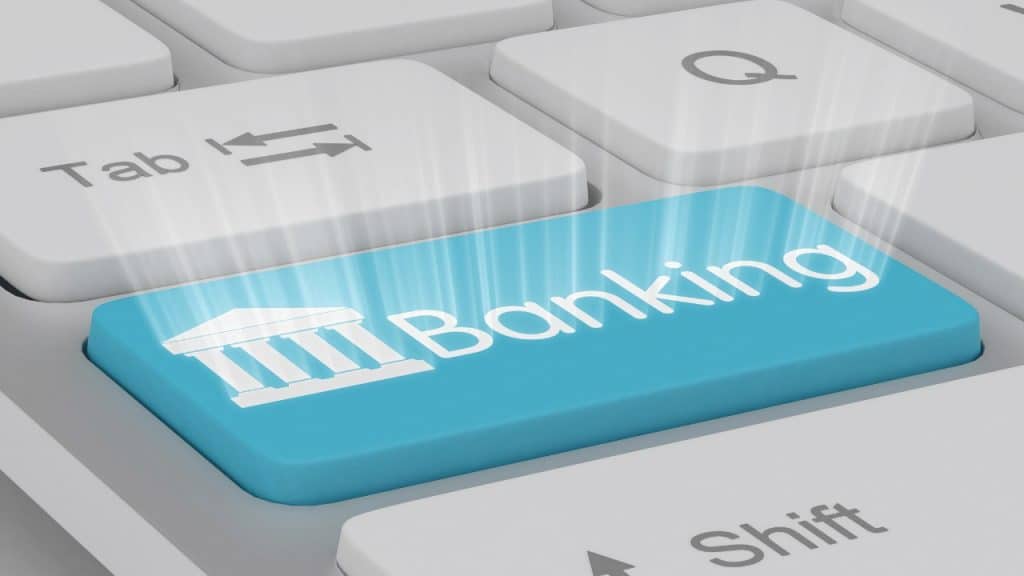Topic Content:
- Electronic Banking

The advancement in information communication technology recently has made it possible for banks to change their operations from manual to full electronic banking platforms.
Electronic Banking:
Electronic banking is a banking system in which the customer conducts transactions electronically via the Internet using a personal computer.
With electronic banking, the customer can:
1. Transfer money from one account to another.
2. Pay utility billsA utility bill is a monthly statement of the amount a household owes for any one (or more) of the basic services that generally keep a home operable and comfortable. Examples... More such as phone, electricity, water bills, etc.
3. View and print his account statement with the bank.
4. Manage and monitor his or her account on a 24-hour basis.
Some types of electronic banking are:
You are viewing an excerpt of this Topic. Subscribe Now to get Full Access to ALL this Subject's Topics and Quizzes for this Term!
Click on the button "Subscribe Now" below for Full Access!
Subscribe Now
Note: If you have Already Subscribed and you are seeing this message, it means you are logged out. Please Log In using the Login Button Below to Carry on Studying!



Responses